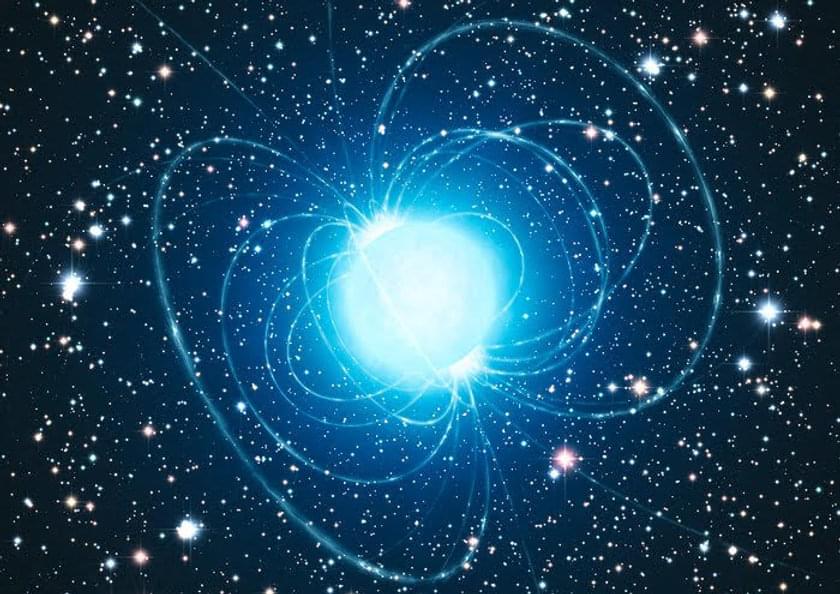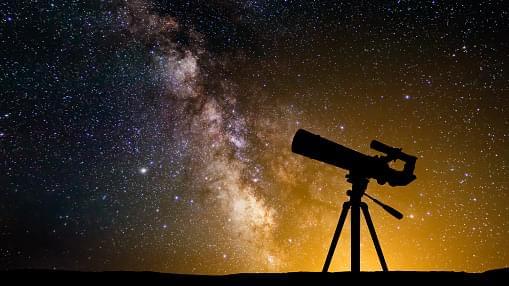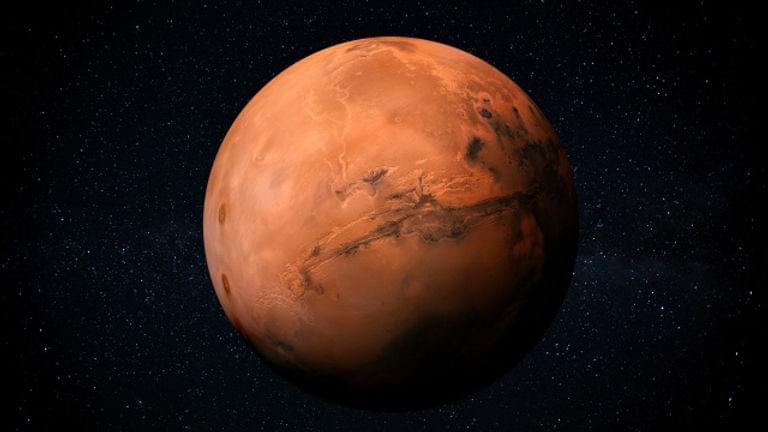Could #Life as We Don´t Know it use #Magnetic #Energy to Make a Living? For more info, see blog on.
#astrobiology #space #ScienceTwitter #alien
And if so, how would this hypothetical life form function?


(NewsNation) — Astronomers have once again found a potential signal of life in the clouds of Venus.
The controversial observation of molecules of phosphine was first reported in 2020. Phosphine, comprised of hydrogen and phosphorus, is a gas on Earth that is only associated with life.
Three years later, “extensive additional detections” of the molecules were presented at the National Astronomy Meeting 2023 at Cardiff University in Wales, UK, according to a Forbes report.

Rutgers University scientists believe there might be many more Earth-like exoplanets with liquid water.
Are we alone in this vast universe? Are there planets out there that harbor liquid water and ideal conditions for life to thrive?
These are some of the major questions that space scientists hope to find answers to. However, in order to answer these big questions, it is necessary to get into the nitty-gritty of what may allow water to sustain itself on other distant planets.


NASA’s Juno spacecraft recently captured this spooky green flash of lightning in a massive storm swirling near Jupiter’s north pole.
The tremendous burst of lightning glows bright against the dark gray vortex of the storm, even from Juno’s vantage point 19,900 miles above the tops of Jupiter’s clouds. Lightning often flashes between the clouds of stormy Jupiter’s higher latitudes, especially in the north. NASA’s Juno spacecraft is helping shed light on the gas giant’s wild alien weather.
Citizen scientist Kevin M. Gill processed the image from Juno’s raw data.
And Europe currently has no operational rocket at its disposal.
Europe’s workhorse Ariane 5 rocket aced its final launch, as its maker Arianespace now looks ahead to the debut of its long-delayed Ariane 6. The Ariane 5 rocket took off from the European Spaceport at Kourou, French Guiana, at 6 p.m. ET, July 5. Arianespace and The European Space Agency (ESA) had originally intended for the final launch of Ariane 5 to take place after the debut of Ariane 6.
A long string of delays to Ariane 6, however, means that Europe currently has no operational rocket, and it likely won’t have one until next year.
ESA
The Ariane 5 rocket took off from the European Spaceport at Kourou, French Guiana, at 6 p.m. ET, July 5. Arianespace and The European Space Agency (ESA) had originally intended for the final launch of Ariane 5 to take place after the debut of Ariane 6.
In the next two decades, human beings will return to the moon, set foot on Mars, and launch telescopes capable of detecting extraterrestrial life. NASA’s outgoing head scientist Thomas Zurbuchen oversaw much of the planning for these projects, and space agencies around the world are pursuing similar goals collaboratively. Brian Greene is joined by Zurbuchen, Japan’s Masaki Fujimoto, Europe’s Kirsten MacDonnell and Australia’s Aude Vignelles, as they reveal their plans for what promises to be a New Golden Age of Space Exploration.
This program is part of the Big Ideas series, supported by the John Templeton Foundation.
The live program was presented at the 2023 World Science Festival Brisbane, hosted by the Queensland Museum.
Participants:
Masaki Fujimoto.
Kirsten MacDonell.
Aude Vignelles.
Thomas Zurbuchen.
Moderator:
Brian Greene.
SHARE YOUR THOUGHTS on this program through a short survey:
Four people were locked in a simulated mission to Mars.

We might have accidently killed life on Mars during the Viking experiments nearly 50 years ago.
Posted on BigThink, direct link at https://www.searchforlifeintheuniverse.com/post/we-might-hav…-years-ago

Science fiction often paints a terrifying picture of the future—think aliens decimating humanity, à la The War of the Worlds. But sometimes the future becoming the present can be pretty amazing—who doesn’t love successful space launches majestically catapulting humans skyward?
Or take Earth’s oceans, which are currently in the middle of a technological revolution that, outside of some very nerdy circles, has gone largely unnoticed.
“We’re at the cusp of a proliferation of lots of autonomous vehicles in the ocean,” said Alex De Robertis, a biologist at the Alaska Fisheries Science Center of the National Oceanic and Atmospheric Administration (NOAA). “Things that were science fiction not so long ago are kind of routine now.” That includes saildrones, which look like oversized orange surfboards, each with a hard, carbon-fiber sail (called a wing) and a stash of scientific equipment.